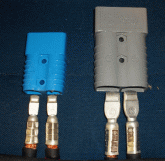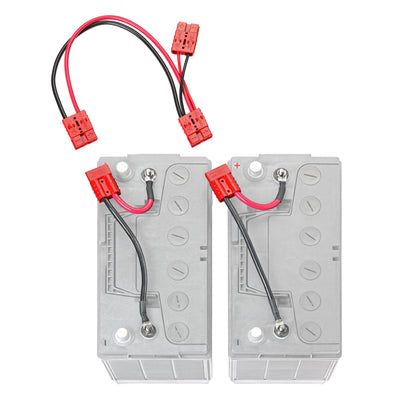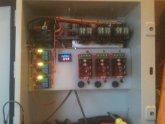You did WAY better than most!
You had peak draw, daily requirements, weekly requirements, estimated total load, etc.
'Ideal' or 'Perfect' never happens...
A GOOD plan today is better than an anticipated 'Perfect' plan in 10 years...
When I do portable or backup for someone, it's a job cart with solid wheels.
Figure out the size & mounting needed for inverters, charge controllers, breakers, etc,
With the top shelf OFF.
Bottom tray, wheels, upright in place, inverted 'T' out of plywood, makes two long runs for mounting.
When I'm done with arranging/wiring, I put a top piece on it, it's now a 'H' on its side.
This supports the battery tray on top,
And I just hack the legs off so top tray sits on the 'H' beam.
I hate lifing batteries, so the shorter the better! Having battery tops at a reasonable height make maintenance much easier.
I was non-climate controlled for the first 3 years, I finally figured out to insulate and let the inverter/equipment heat itself, simply open the lid or doors in summer...
I used Anderson brand connectors and charged my first batteries on the vehicle, pulling one out of the Jeep for camp/building power.
All different size amperage & wire gauge terminals are available off eBay for cheap, there is a crap ton of these on the surplus market, they are common as nails.
This allows you to pull either battery and still leave one to power the Wi-Fi.
It's just a little different way to wire batteries in parallel.
The Red terminal sticking up wouldn't be there, the cables simply go to the inverter.
Where cables terminate at inverter, there will be common lug ('Eye') terminals attached to cables.
If you wonder about doing it this way...
These connectors come from 50 amps to 350 amps.
The 'Blue' (you can get that size in a bunch of colors) is 175 Amp continuous.
The 'Gray' (you can get that size in a bunch of colors) is 350 Amps continuous.

With an arrangement like this you can add as many batteries in parallel as you want to increase reserve time.
All kinds of accessories for these connectors, one hand disconnect, emergency disconnects, handles (shown), moisture resistant boots (shown), and the terminals are removable/replaceable from connector body.

Anderson Connectors are color coded, only the same color sides will mate.
I use smaller version for my solar to charge controller hookups, it 'Idiot Proofs' plugging panels (or wind/water) sources into the wrong connector.
This is about as 'Idiot Proof' as it gets!
This way, the car rolls over to charge source and plugs in with one size/color connector,
The batteries/inverter will all connect in an 'Idiot Proof' manner,
And any battery in the string can be pulled without loosing power to Wi-Fi inverter.
Other than common extension cords for 110vac and rotating batteries in their string positions, not much else should need to plug into your cart.
Charge controllers, inverters, Wi-Fi hub can all be fairly well hard wired since they aren't going anywhere off the cart.










